
Living Up
Lessons to level up your life
Discover the key elements of a balanced diet in this comprehensive guide to understanding nutrition. Learn about essential nutrients and healthy eating.
When it comes to maintaining a healthy lifestyle, one term you often hear is “balanced diet.” But what exactly does that mean?

It’s like giving your body a well-rounded meal ticket for good health and vitality.
By consuming a variety of foods, each food group plays a unique role in supporting various bodily functions – from proteins for muscle repair and growth to carbohydrates for energy production.
Grains provide energy through carbohydrates while also offering fiber for digestive health. Fats/oils are important for absorbing fat-soluble vitamins and providing essential fatty acids needed by our bodies.
In essence, a balanced diet is about harmony on your plate – ensuring you have a bit of everything your body craves. It’s not about strict rules or deprivation but rather embracing the colorful bounty nature offers us through various foods.
So next time you sit down to eat, think about how you can create balance by incorporating foods from each group into your meals. Your body will thank you with increased energy levels, better digestion, improved mood, and overall vitality.
It’s like the secret sauce to a healthy and vibrant life. It’s not just about counting calories or hopping on the latest fad diet bandwagon – it’s about giving your body all the essential nutrients it needs to thrive.
So, why exactly is a balanced diet so important? Well, it ensures that your body gets all the necessary fuel it needs to function properly. Just like a car needs gas to run smoothly, your body needs a variety of nutrients from different food groups to keep everything ticking along nicely.
Without this mix of nutrients, you might find yourself feeling sluggish, irritable, or even prone to illness. But it’s not just about keeping your energy levels up.
Certain nutrients help support vital bodily functions such as immune system strength, bone health, and brain function, essentially giving your body the tools it needs to keep everything in check.
Moreover, a balanced diet can have long-term benefits for your health. By consistently nourishing your body with all the essential nutrients it craves, you’re helping reduce the risk of chronic diseases such as heart disease, diabetes, and certain types of cancer.
Think of eating well as an investment in your future self – one that pays off in terms of longevity and quality of life, including how it can impact our mental health. Studies have shown that certain nutrients play a role in regulating mood and cognitive function. So by feeding yourself with wholesome foods that support brain health – think omega-3 fatty acids from fish or antioxidants from colorful fruits and veggies – you’re not just fueling your body but also nourishing your mind.


Proteins are an essential component of a balanced diet, they are made up of amino acids, which are often referred to as the building blocks of life. There are 20 different types of amino acids, nine of which are considered essential because our bodies cannot produce them on their own and must be obtained through food sources.
There is a wide variety of protein sources to choose from. Animal sources like meat, poultry, fish, eggs, and dairy products are considered complete proteins because they contain all nine essential amino acids in the right proportions.
Plant-based sources such as legumes (beans, lentils), nuts, seeds, and grains can also provide ample protein but may lack one or more essential amino acids. However, by combining different plant-based protein sources throughout the day (e.g., rice with beans), you can ensure you’re getting all the necessary amino acids.
The recommended daily intake of protein varies depending on factors such as age, sex, activity level, and overall health status. Generally speaking, most adults need around 0.8 grams of protein per kilogram of body weight per day or 0.36 grams per pound (Harvard Health Publishing, 2023).
Athletes or those engaging in intense physical activity may require more to support muscle repair and growth. It’s important to spread out your protein intake throughout the day to optimize muscle synthesis rather than consuming a large amount in one sitting.
In addition to aiding in tissue repair and growth, proteins play several other important roles in our bodies. They help regulate metabolism by supporting enzymatic functions that facilitate chemical reactions within cells.
Proteins also contribute to immune function through the production of antibodies that defend against harmful pathogens. Furthermore, proteins can be a source of energy when carbohydrates and fats are not readily available for fuel.
Fruits are delicious treats and when it comes to nutrition they are packed with nutrients that play a vital role in providing essential vitamins, minerals, and antioxidants. From the sweetness of berries to the tanginess of citrus fruits, there’s a wide array of options to choose from to meet your nutritional needs.
One of the key benefits of eating fruits is their high content of vitamins and minerals. For example, citrus fruits like oranges and grapefruits are rich in vitamin C, which supports immune function and helps the body absorb iron.
Berries such as strawberries and blueberries are loaded with antioxidants that protect cells from damage caused by free radicals. Bananas provide potassium, an essential mineral for maintaining proper muscle function and regulating blood pressure.
In addition to vitamins and minerals, fruits also contain dietary fiber, crucial for digestive health, helping to regulate bowel movements, prevent constipation, and aid in maintaining a healthy weight by promoting feelings of fullness.
Apples and pears are excellent sources of soluble fiber, which can help lower cholesterol levels, while kiwi and prunes provide insoluble fiber that adds bulk to stool for easier passage through the digestive tract.
Another important aspect of consuming fruits is their natural sugar content. While some people may be concerned about the sugar in fruit, it’s important to note that the sugars found in whole fruits come packaged with fiber, water, and nutrients that slow down their absorption into the bloodstream.
This means that eating whole fruits is a healthier option than consuming processed foods or sugary snacks high in added sugars. Fruits like watermelon and cantaloupe have a high water content along with natural sugars, making them refreshing choices for hydration while satisfying your sweet tooth.
Overall, incorporating a variety of fruits into your diet can provide numerous health benefits thanks to their nutrient-rich profile. Whether you enjoy them fresh as snacks or incorporate them into smoothies or salads, make sure to take advantage of the diverse flavors and nutritional offerings that different types of fruits bring to the table.
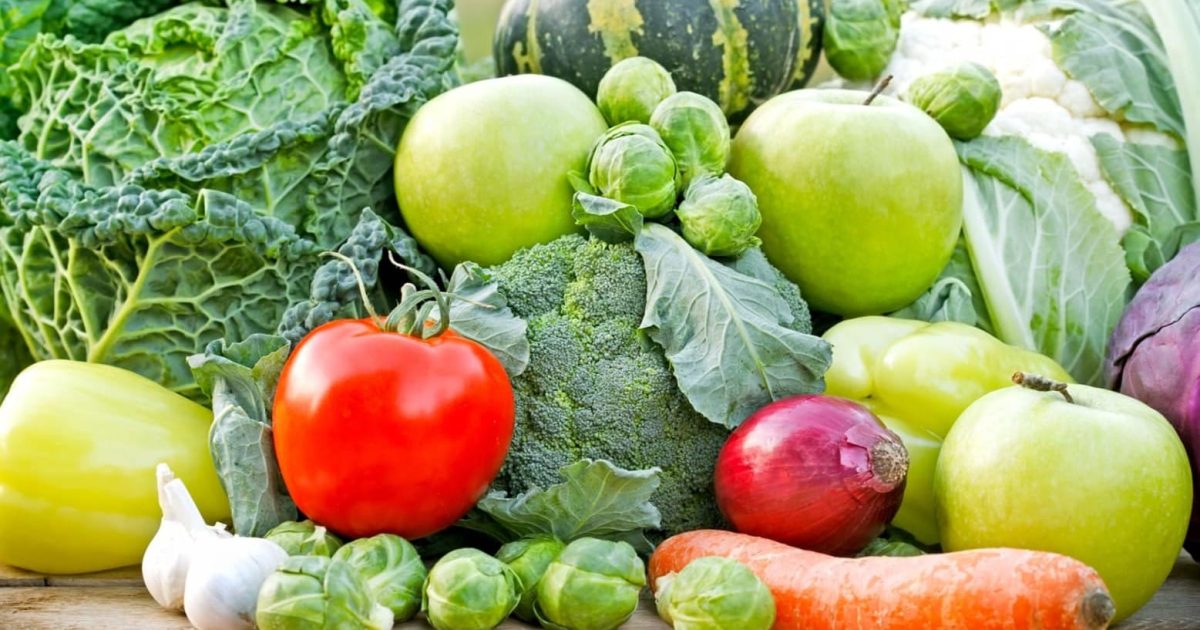
Vegetables play a crucial role in providing essential nutrients that support overall health. Whether you enjoy them raw, cooked or blended into a smoothie, vegetables should be a staple in your daily meals. From leafy greens like spinach and kale to colorful bell peppers and crunchy carrots, there is a wide variety of vegetables to choose from that can cater to different tastes and preferences.
Leafy greens are known for their high nutrient content, including vitamins A, C, and K, as well as folate and fiber. Spinach, for example, is rich in iron and antioxidants that help support healthy blood circulation and protect cells from damage.
Kale is another nutritional powerhouse packed with vitamin C for immune support and calcium for bone health. Incorporating leafy greens into salads, stir-fries, or smoothies can boost your daily intake of essential vitamins and minerals.
Root vegetables like sweet potatoes, carrots, and beets are not only delicious but also provide a good source of complex carbohydrates and fiber. Sweet potatoes are rich in beta-carotene, which converts into vitamin A in the body to support vision health, and immune function.
Carrots contain antioxidants like beta-carotene and vitamin C that promote skin health and protect against chronic diseases. Roasting root vegetables with herbs and spices can enhance their natural flavors while preserving their nutrient content.
Cruciferous vegetables such as broccoli, cauliflower, Brussels sprouts, cabbage, and kale are known for their cancer-fighting properties due to the presence of sulfur compounds called glucosinolates, mainly for their effect in decreasing inflammation, “recent research suggests that the compounds found in cruciferous vegetables “turn on” genes that suppress tumors, slowing tumor growth, and stimulate self-destruction of cancer cells (apoptosis)” (UNC, 2017). These compounds have been linked to reducing inflammation in the body and promoting detoxification processes.
Broccoli is a great source of vitamin K for blood clotting regulation while cauliflower provides fiber for digestive health. Including cruciferous vegetables in your meals can add texture and flavor while boosting your antioxidant intake.
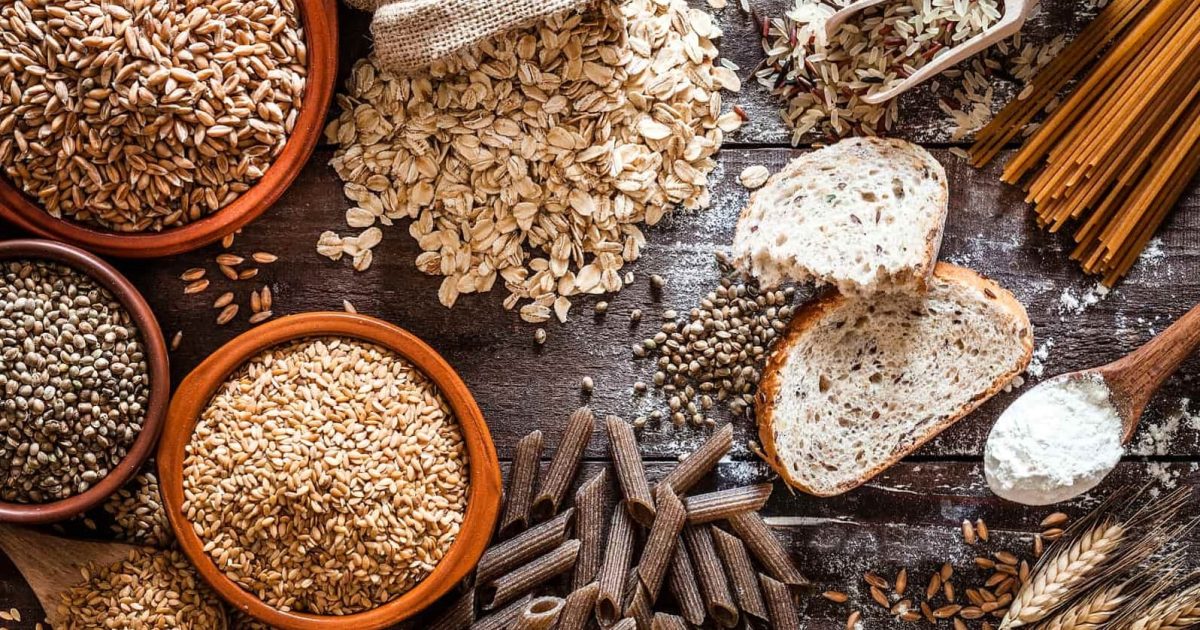
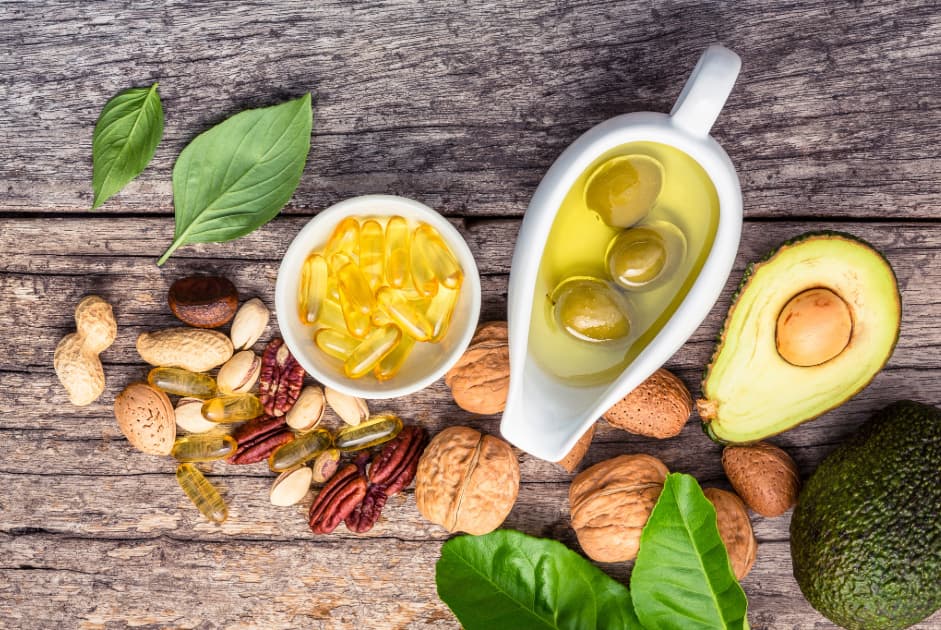

When we talk about dairy, we want to focus on their contributing nutrients like calcium and vitamin D. But we are no longer eating these products mainly for those two nutrients, we get vitamin D from other products and exposure to the sun, and we get calcium in other more powerful foods such as some leafy greens, sardines or mackerel.
Dairy products include milk, cheese, yogurt, and kefir, which may irritate some people, in which case find your Calcium and vitamin D in other food sources. I love cheese and yogurt, but don’t like cheese foods or milk. So, you do you, and we’ll all be happy.
Milk now comes in many non-dairy forms and they come in a range of varieties – whole milk, low-fat milk, skim milk, rice milk, oat milk, almond milk, soy milk, and so many others.
Dairy milk is not just a source of calcium, it also provides protein and vitamin D and B12. A good choice is 2%, but you may prefer skim milk, 1%, or whole.
Cheese is another popular dairy product enjoyed around the world. There are countless varieties of cheese, each with its own unique flavor profile and texture. Cheese is not only delicious but also a good source of protein and calcium. Remember to consume in moderation due to its higher saturated fat content compared to other dairy products.
Yogurt has gained popularity as a versatile dairy option that can be enjoyed on its own or used in cooking and baking. The live cultures or probiotics in yogurt promote gut health by supporting the growth of beneficial bacteria in the digestive system.
Kefir may be lesser known than other dairy products but packs a powerful nutritional punch. This fermented drink is made by adding kefir grains to cow’s milk or plant-based milk alternatives like coconut or almond milk.
Kefir is rich in probiotics, making it great for gut health like yogurt but with a tangier taste profile from the fermentation process. It’s also high in vitamins B12 and K2 along with minerals like calcium and magnesium.
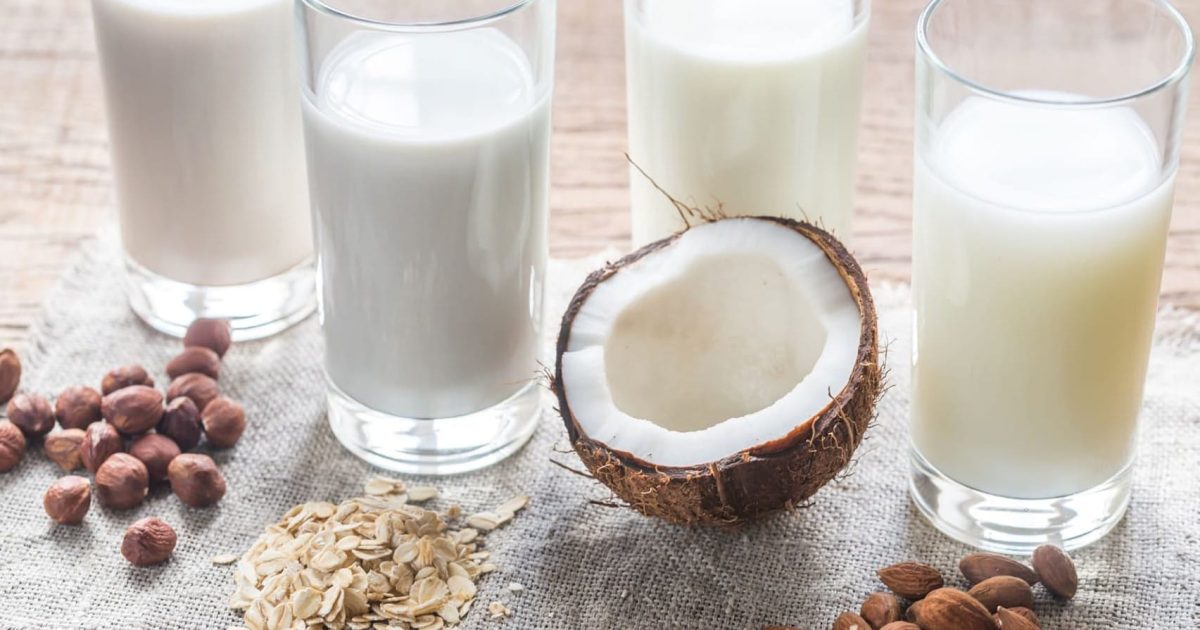
Understanding nutrition is not just science, it is life and as such, eating right with a balanced diet can lead to a healthy lifestyle. A balanced diet includes a combination of the core food groups of protein, fruits, vegetables, grains, fats and oils, and dairy products.
There can be many alternatives to some of these groups, such as non-animal protein, combining various vegetable proteins, using the right fats and oils to improve health, and practicing moderation with everything. A balanced diet is important for a healthier body and lifestyle, it’s an array of factors that are not limited to calories.
Nutrients support our immune system, bone health, and brain function. The ratios of the essential food groups can vary day-to-day, but essentially a day should have a balance between good sources of protein, fruits, vegetables, legumes, dark leafy greens, grains in bread, rice, or alternative options.
We are fortunate to live in a time that recognizes the importance of healthy eating and many more choices are being offered to us when we’re not home cooking, so let’s enjoy healthy choices and fewer body aches and pains, which encompasses life the many problems we may encounter when not eating balanced or healthy, they include inflammation, overweight, lack of vitamins and minerals needed by your body, and diseases of all kinds.
This article did not mention raw fruits and vegetables, but there is an added benefit when choosing to eat raw. Most vegetables and fruits are best when eaten raw, and some by heating up slightly such as tomatoes to release important nutrients. I can’t think of overcooked fruits and veggies benefits, except in marmalades, jams, or preservatives that could be a really nice Sunday treat every once in a while.

Sources:
Orson Welles quote thanks to BrainyQuote.com
Harvard Health Publishing. (22 Jun 2023). How much protein do you need every day? Harvard Medical School, Reviewed by Howard E. LeWine, MD, Chief Medical Editor.
UNC. (17 Dec 2017). Cruciferous vegetables and cancer; What’s the link? UNC School of Medicine, Lineberger Comprehensive Cancer Center.





Atlas Extra Virgin Olive Oil from Morocco | Newly Harvested Unprocessed, 1 LT Cold Press, Rich in Polyphenol Rich, from One Single Family Farm | Moroccan Organic EVOO Trusted by Michelin Star Chefs

.
Avocado Oil from BetterBody Foods, Refined Non-GMO for High-Heat Cooking, Avocado Oil, 1 Liter, 33.8 Fl Oz, Kosher, Keto and Paleo Diet Friendly
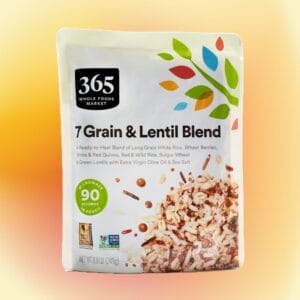
A blend of long grain white rice, wheat berries, white & red quinoa, red & wild rice, bulgur wheat & green lentils with extra virgin olive oil & sea salt, ready to heat and eat. 365 by Whole Foods Market

.
ROM AMERICA 12 Premium Healthy Mixed Grains Rice with Brown Rice, Wild Sweet Rice, Black Rice, Red Rice, Whole Barley, Fine Barley, Glutinous Millet, Quinoa, Oat, Sorghum, Brown and White Sweet Rice

GERBS Raw Super 7 Seed Snack Trail Mix 14oz., Resealable Bulk Bag, Pumpkin, Sunflower (Black & White), Chia Hemp (Brown & Golden), Flax Seeds, Gluten FreeTop 14 Food Allergy Free, Made in the USA